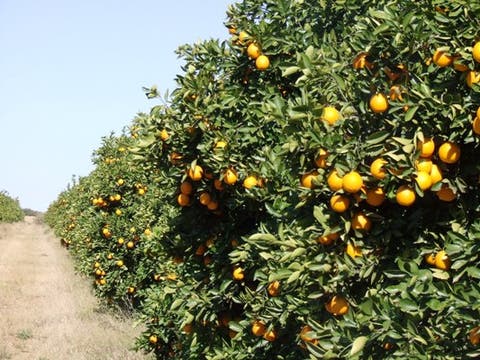Citrus export window opens… ‘Farmers should capitalise on export greenlight to Chinese markets’
THE country’s trade promotion and development agency, ZimTrade, has urged local producers to take advantage of the opening of the citrus export window to China.
This follows a recent update by the General Administration of Customs of China, which released a list of registered Zimbabwean orchards and packhouses for fresh citrus exports to the giant Asian economy.
The fresh citrus products to be exported to China from Zimbabwe include sweet orange (Citrus sinensis), mandarin orange (Citrus reticulata), grapefruit (Citrus paradisi), lemon (Citrus limon and Citrus aurantifolia), and sour orange (Citrus aurantium).
As the country is focused on increasing its citrus and horticulture production with a focus on exports, the opening up of the Chinese has the potential to boost earnings for farmers.
Mrs Jacqueline Nyathi
The government of Zimbabwe and China finalised the Citrus Trade Protocol last year with the aim of facilitating exports of citrus products to the Asian country in order to broaden the market scope for Zimbabwe.
This was in fulfilment of the process that was initiated in 2015 when the country sought a market for Shashi Irrigation Scheme for smallholder citrus growers.
Responding to questions from Business Chronicle, ZimTrade southern regional manager, Mrs Jacqueline Nyathi, said the export greenlight would help Zimbabwe achieve market diversification, which is crucial to reducing over-dependence on the traditional markets such as South Africa and the European Union. EU is Zimbabwe’s largest importer of citrus fruits.
“The green light for Zimbabwe’s citrus to be exported to the Chinese market is a positive development that will boost citrus production in the country, thereby increasing the export revenue from the horticultural sector,” she said.
“Moreover, having this green light helps us to achieve a market diversification thrust that is crucial to reduce over-dependence on the traditional markets, that is, the EU and South Africa.
“What is crucial at this point is for the country to have a unified purpose to increase citrus production as what is currently being produced is not adequate to meet the demands from the existing markets and the newly opened Chinese market.”
Zimbabwe used to have about 10 000 hectares of land under citrus farming but at the moment estimates indicate this has dwindled to around 5 000 hectares with citrus production having shifted from the northern part (Mazowe) to the southern part (Beitbridge).
Citrus production has huge potential to turn around the Matabeleland South economy, create jobs, and also feed into the national fiscus.
In July last year, the EU gazetted that for the first time, imports of citrus fruit must undergo specified mandatory cold treatment processes and pre-cooling steps for specific periods (up to 25 days of cold treatment) before importation, a development that has imposed fear of delayed citrus export.
These phytosanitary requirements apply to all imports, irrespective of whether the importing member has an effective systems approach like the “Citrus Systems Approach” or has another effective post-harvest treatment to ensure freedom from false codling moth.
According to ZimTrade, the measure will affect Zimbabwean exports of citrus, as companies are still in the process of installing the pre-cooling systems as it is also a requirement for the export of citrus to China under the new citrus protocol.
In 2021, Zimbabwe and China signed a citrus phytosanitary protocol that allows the southern African country to export fruits to the Asian economic giant.
The phytosanitary protocol requires that a cold chain system for the export of fresh citrus fruits to China be put in place for the management of False Codling Moth and other pests.-chronicle










